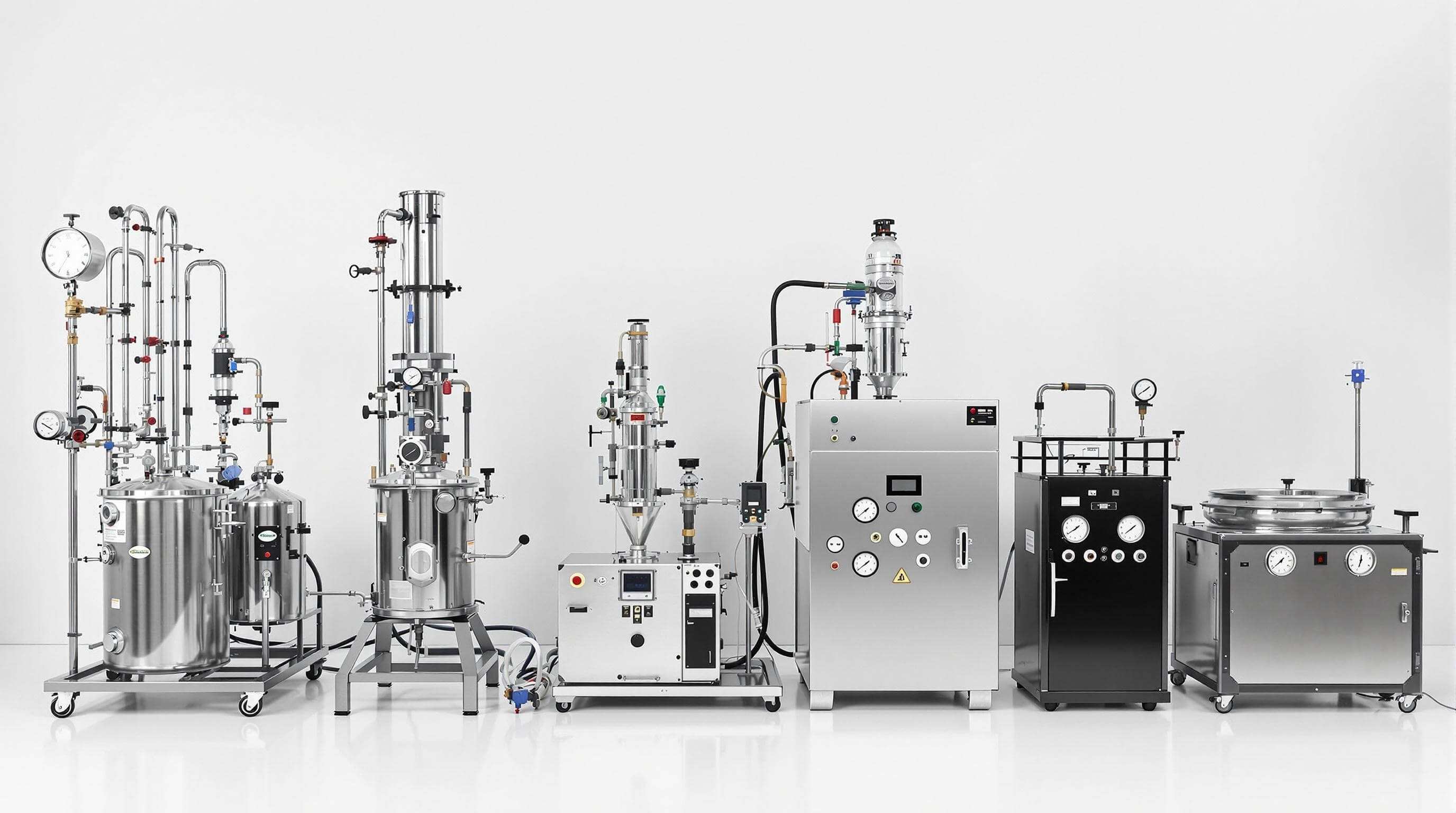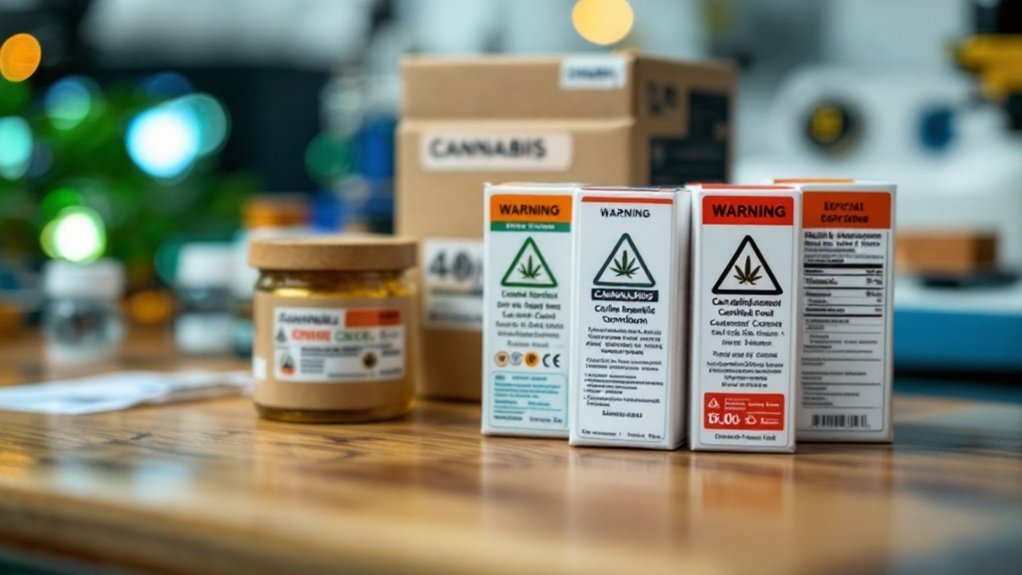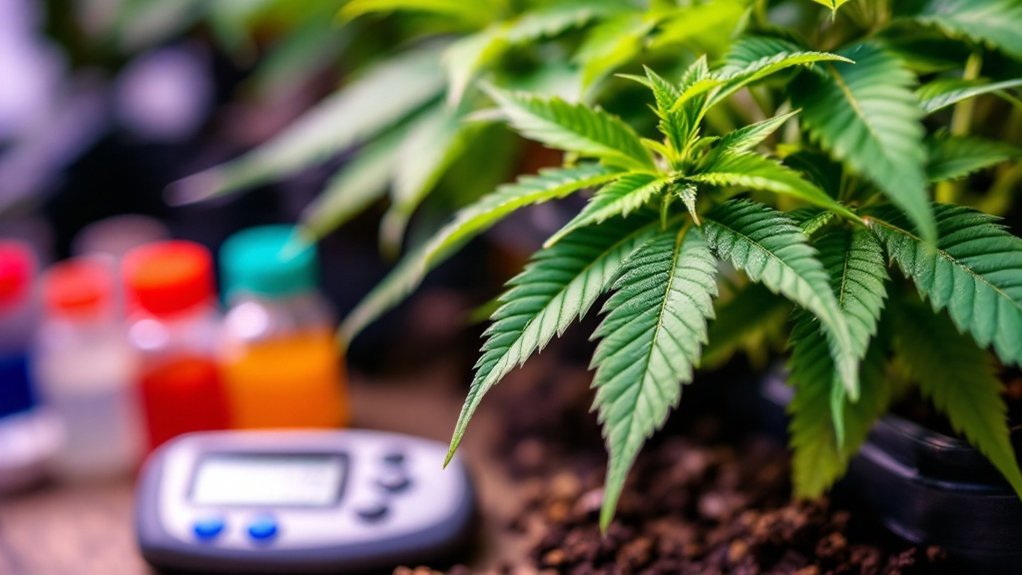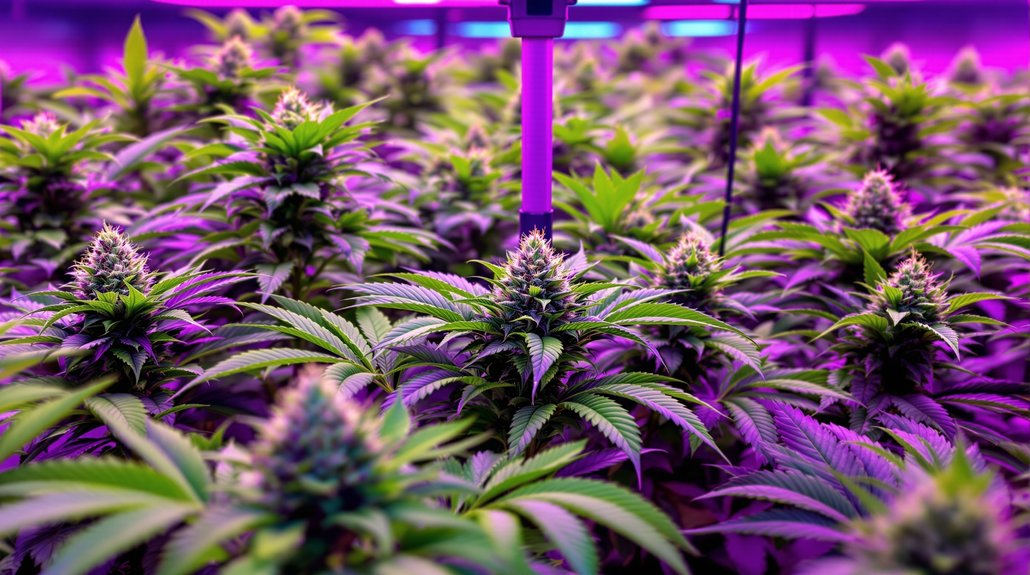CO2 and ethanol extraction methods for CBD production differ markedly in key aspects. CO2 extraction offers superior cannabinoid recovery rates (85-95%) and better terpene preservation, though it requires higher initial investment and processes biomass more slowly. Ethanol systems feature lower startup costs and faster processing speeds but typically yield lower recovery rates (50-80%) and extract unwanted compounds requiring additional clarification steps. Safety considerations also diverge: CO2 is non-flammable with simpler compliance requirements, while ethanol presents fire hazards and produces hazardous waste. These fundamental differences shape both product quality and operational economics.
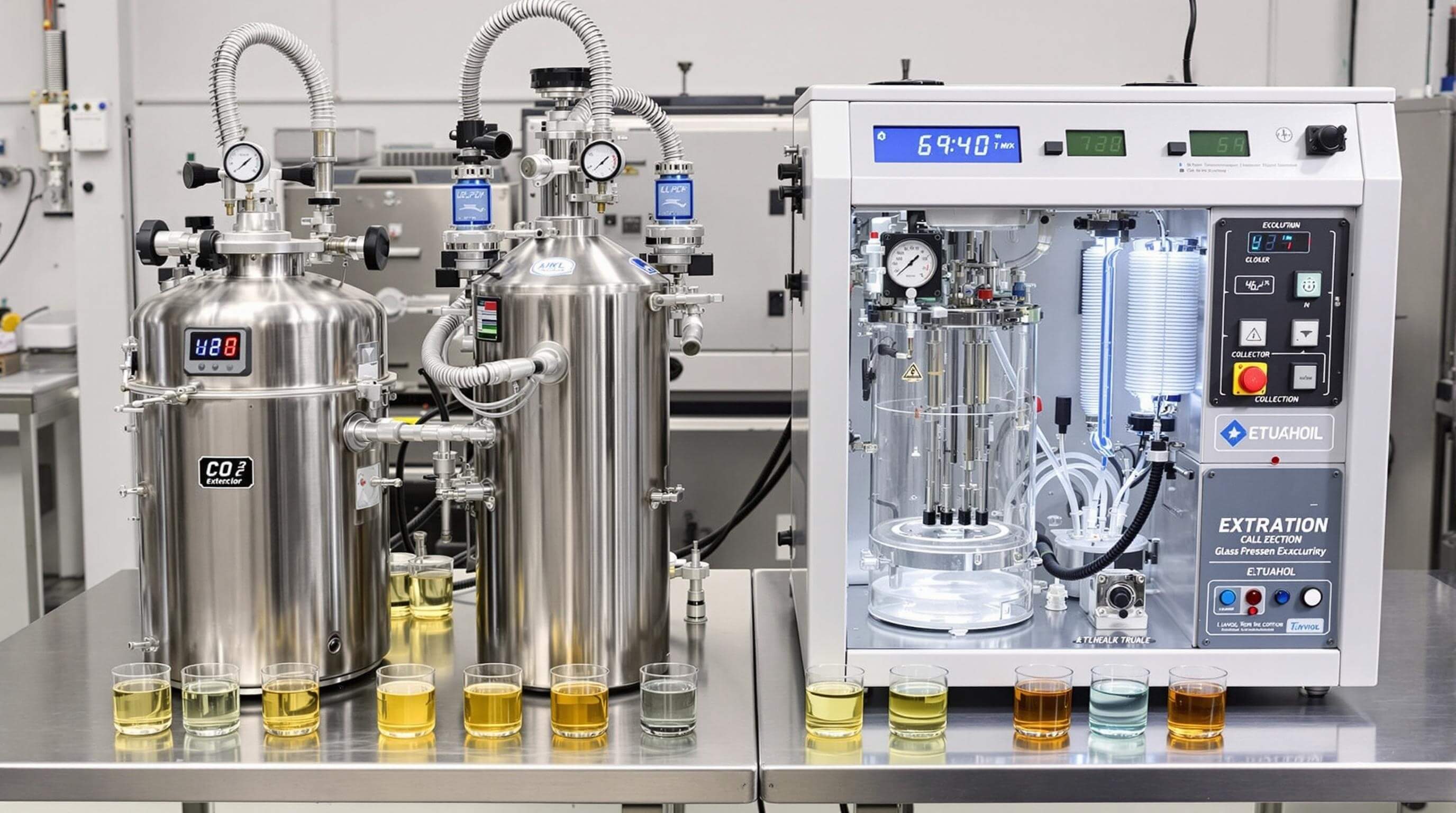
When manufacturers consider extraction methods for cannabidiol (CBD) products, they often find themselves weighing the merits of CO2 and ethanol extraction systems. The differences between these technologies impact everything from product quality to operational costs. CO2 extraction demonstrates superior efficiency with cannabinoid recovery rates of 85-95% without carbon scrubbing, while ethanol extraction typically yields 50-80%. This efficiency gap results from CO2’s ability to better preserve the plant’s original chemical profile and terpenes, creating extracts that more closely resemble the source material.
CBD manufacturers must choose wisely between CO2 extraction’s superior efficiency and ethanol’s lower startup costs.
Processing speed presents a significant contrast between the methods. Ethanol extraction can process thousands of pounds of biomass daily using a single unit, making it considerably faster than CO2 extraction which completes fewer runs per day. This throughput advantage for ethanol comes with tradeoffs, however, as the faster process may extract unwanted compounds like chlorophyll that require additional clarification steps. CO2’s slower speed enables more precise compound isolation, resulting in cleaner initial extracts.
The financial considerations between these systems vary across different timeframes. CO2 extraction requires higher initial equipment investments but generates lower ongoing operational expenses. Ethanol systems offer lower startup costs for companies entering the cannabis industry, though they necessitate continuous solvent purchases and replacement. Manufacturers operating ethanol systems at very cool temperatures face additional energy expenditures, while those using CO2 typically see reduced long-term costs after the initial investment. Operators of ethanol systems require less intensive training compared to those working with CO2 extraction equipment.
Product quality distinctions are particularly relevant for manufacturers targeting premium markets. CO2 extraction is preferred for high-end, terpene-rich products commanding premium prices since it doesn’t leave potentially harmful residual solvents in finished products. Ethanol extraction may require carbon scrubbing to remove chlorophyll, a process that can reduce cannabinoid concentration. Recent advances in CO2 technology now permit winterization during extraction without chemical solvents, further improving final product purity. Ethanol, being a polar solvent, extracts both water-soluble and fat-soluble compounds, resulting in a fuller spectrum of cannabinoids in the crude extract.
Safety considerations also differentiate these methods. Biomass processed with ethanol is considered hazardous waste until most solvent is removed and presents fire hazards requiring specific safety protocols. In contrast, CO2 is non-flammable, and CO2-processed biomass is not subject to the same transportation regulations. This distinction simplifies logistics and potentially reduces compliance costs for manufacturers utilizing carbon dioxide extraction technology.
Frequently Asked Questions
What Licensing Requirements Exist for Different Extraction Methods?
Licensing requirements vary considerably based on extraction methodology.
Volatile solvent extraction, including butane and propane, requires the most stringent licensing due to safety concerns. California mandates special Class 6 licenses for CBD extraction from biomass, while closed-loop systems face specific compliance checklists.
Non-volatile methods have fewer requirements but still need dedicated licensing.
All extraction operations must guarantee THC concentrations remain below 0.3% in final products per state regulations.
How Does Product Taste Differ Between CO2 and Ethanol Extraction?
Product taste differs greatly between CO2 and ethanol extraction methods.
CO2 extraction typically produces a cleaner, milder taste profile with fewer nuanced flavors, as it tends to remove subtle aromatic compounds.
Ethanol extraction, conversely, better preserves the hemp plant’s natural terpenes and flavonoids, resulting in fuller, more robust taste profiles.
While CO2-extracted products appeal to consumers seeking neutral flavors, ethanol-extracted oils attract those desiring an authentic hemp experience with richer sensory characteristics.
Can Small Businesses Afford Either Extraction Method?
Small businesses can potentially afford either extraction method, though with different financial considerations.
Ethanol extraction offers lower initial equipment costs (around $2 million) but incurs higher infrastructure expenses ($200/sq ft) and operational costs.
CO2 extraction requires higher upfront investment (up to $4 million) but provides significant long-term savings through lower infrastructure requirements ($68/sq ft), reduced energy consumption, and minimal solvent costs ($0.04/lb vs. ethanol’s $4.71/lb).
Business size and growth projections ultimately determine affordability.
What Are the Maintenance Costs of Each Extraction System?
Maintenance costs vary considerably between extraction systems.
CO2 extractors require annual maintenance packages ranging from $25,000 to $50,000, covering repairs, parts, and technical support. These complex systems demand specialized service to prevent costly downtime, which can exceed the actual maintenance expenses.
In contrast, ethanol extraction systems generally have lower maintenance requirements due to their simpler mechanical design, though specific figures show proportionally lower costs relative to their initial investment.
Are There Certifications Needed for Operators of These Machines?
Operators of CBD extraction machines typically require multiple certifications. Most states mandate technicians to be at least 21 years old and obtain a state license or registration card, which often involves background checks and fingerprinting.
Educational requirements generally include specialized training in cannabis extraction methods, with many employers preferring candidates holding bachelor’s degrees in chemistry or related sciences.
Industry-specific certifications from institutions like Oaksterdam University provide necessary training on safety protocols, particularly for handling solvents in ethanol extraction systems.
